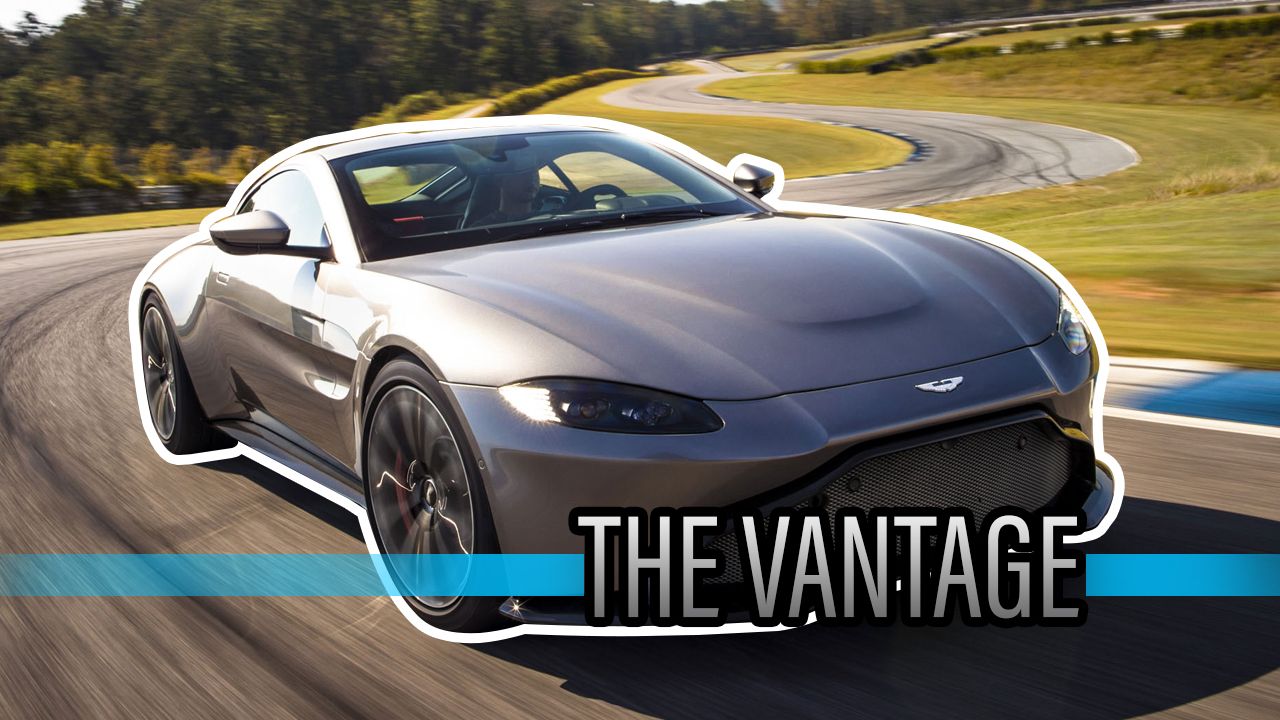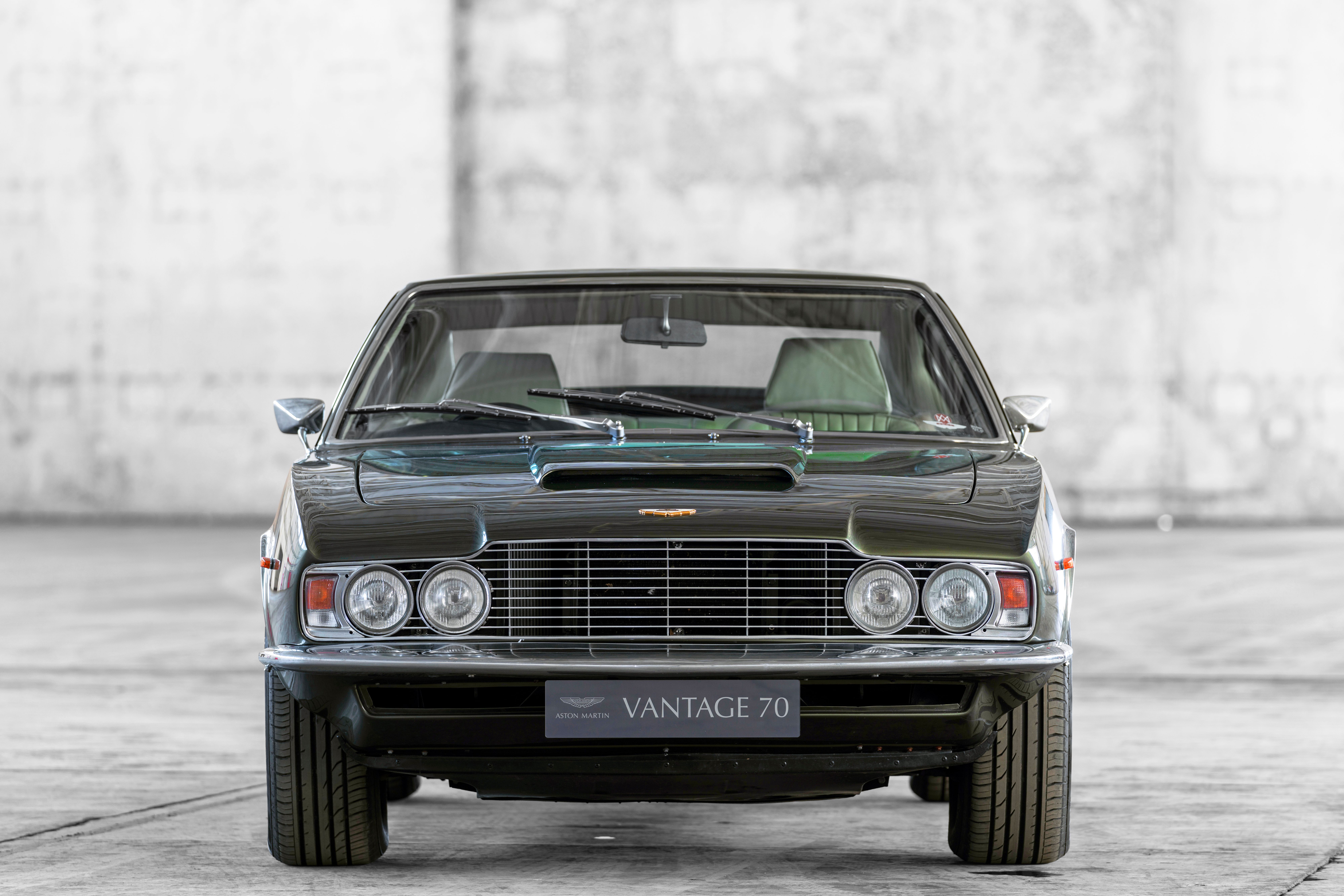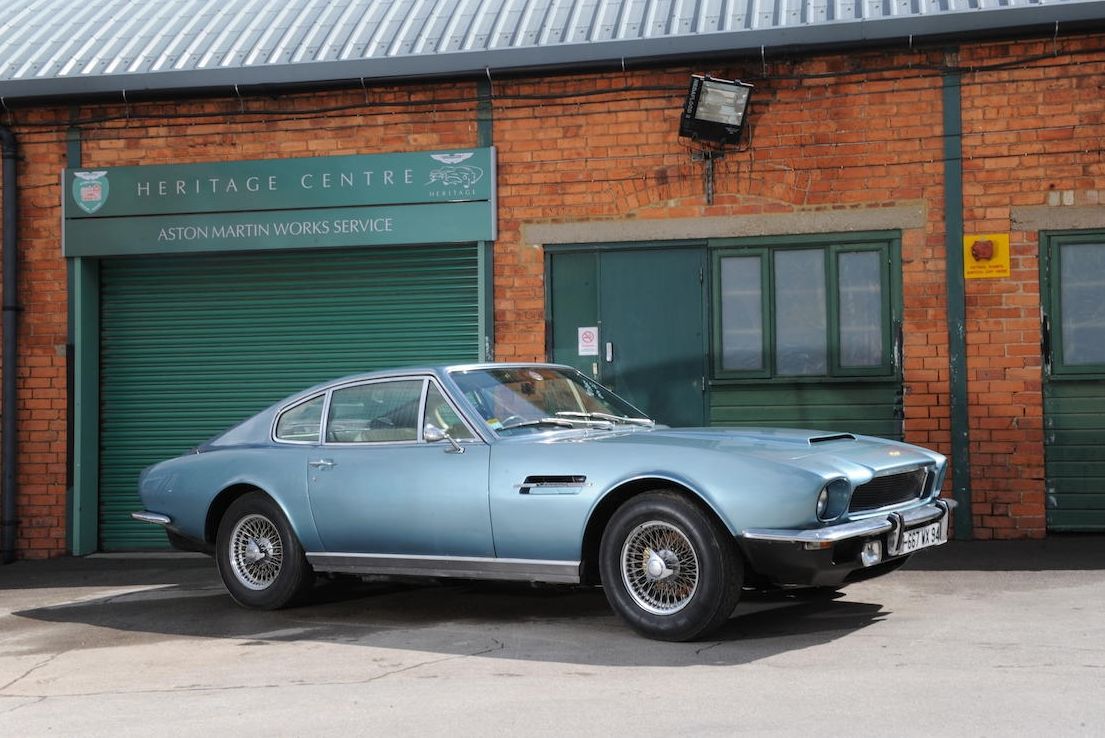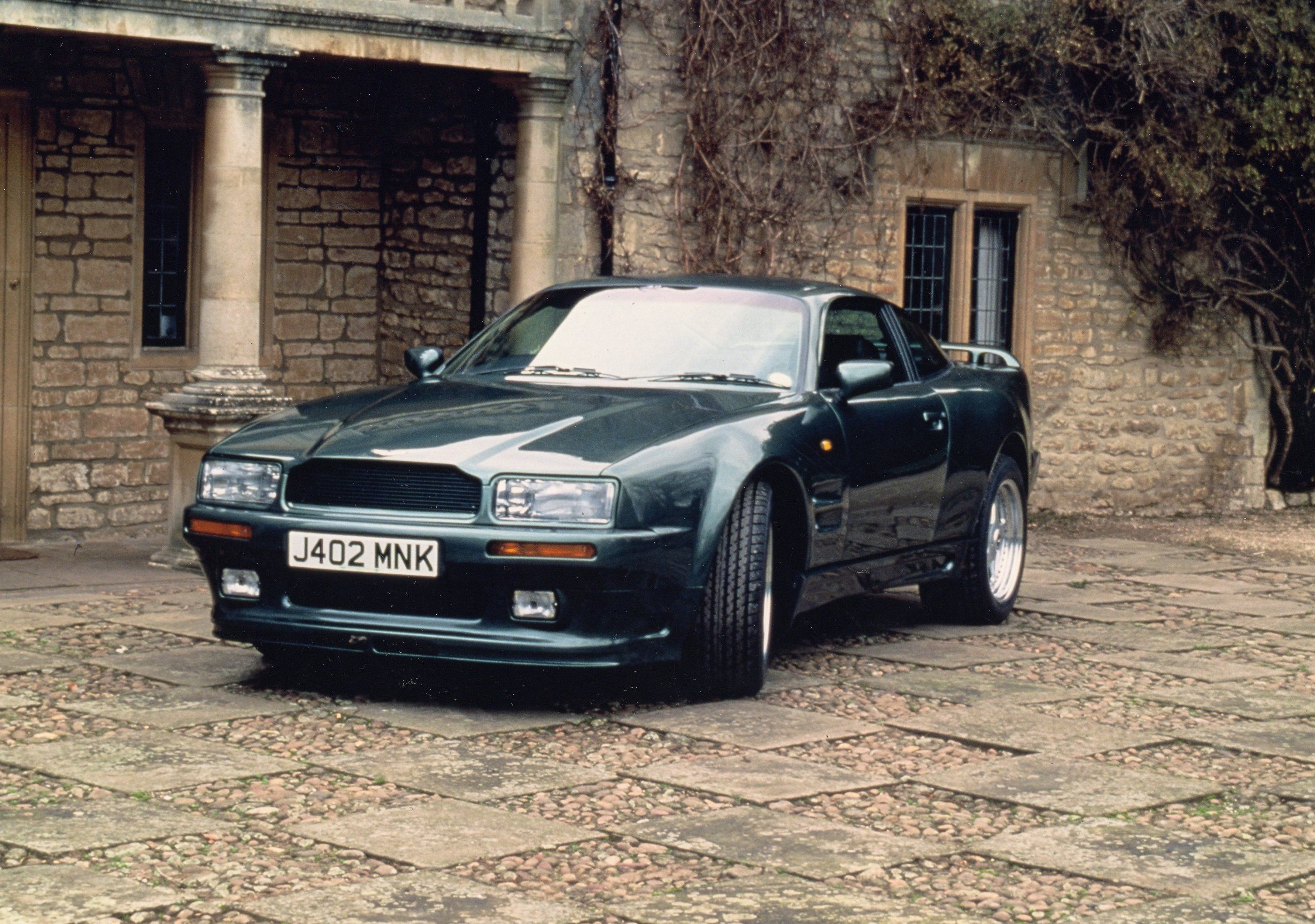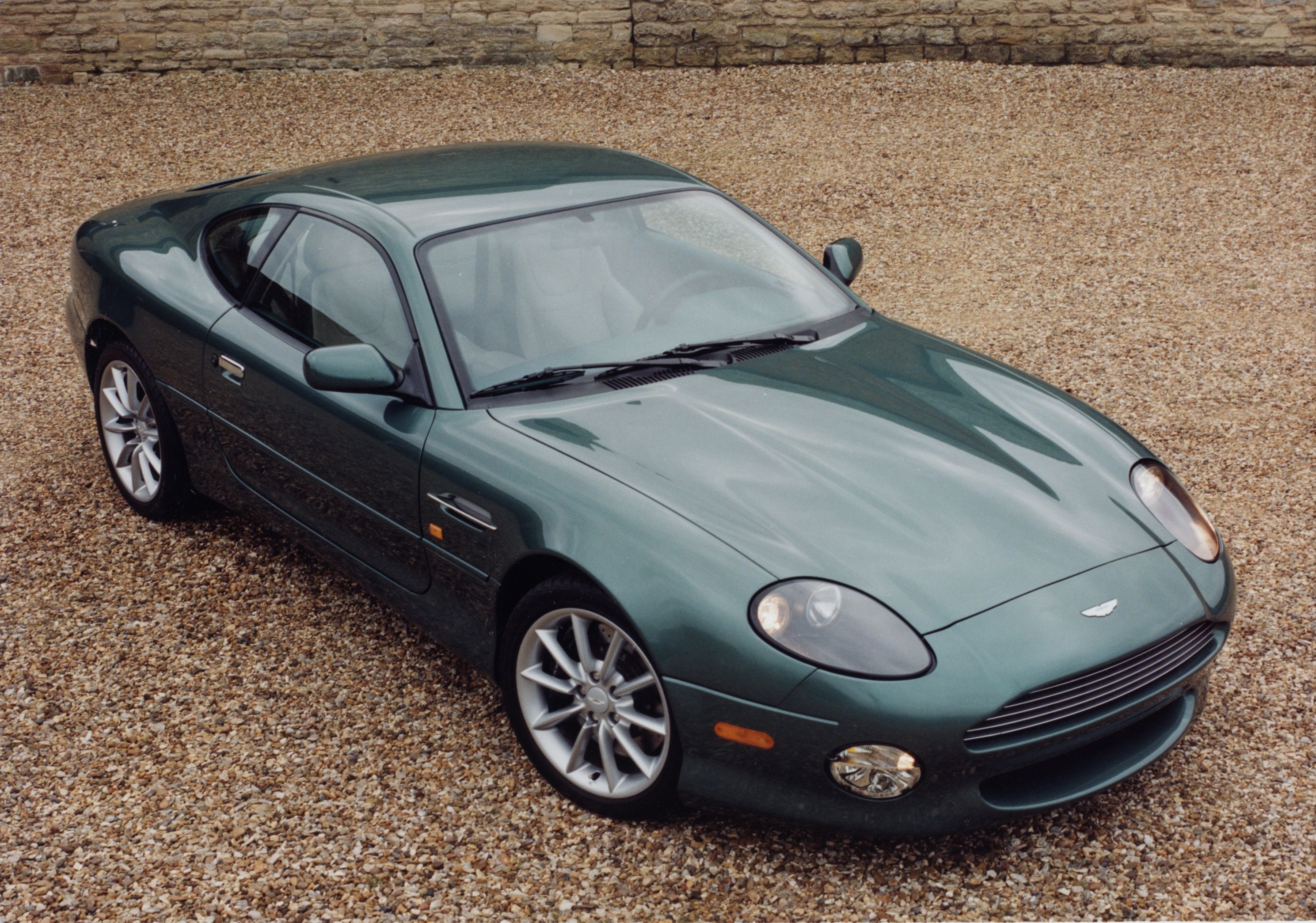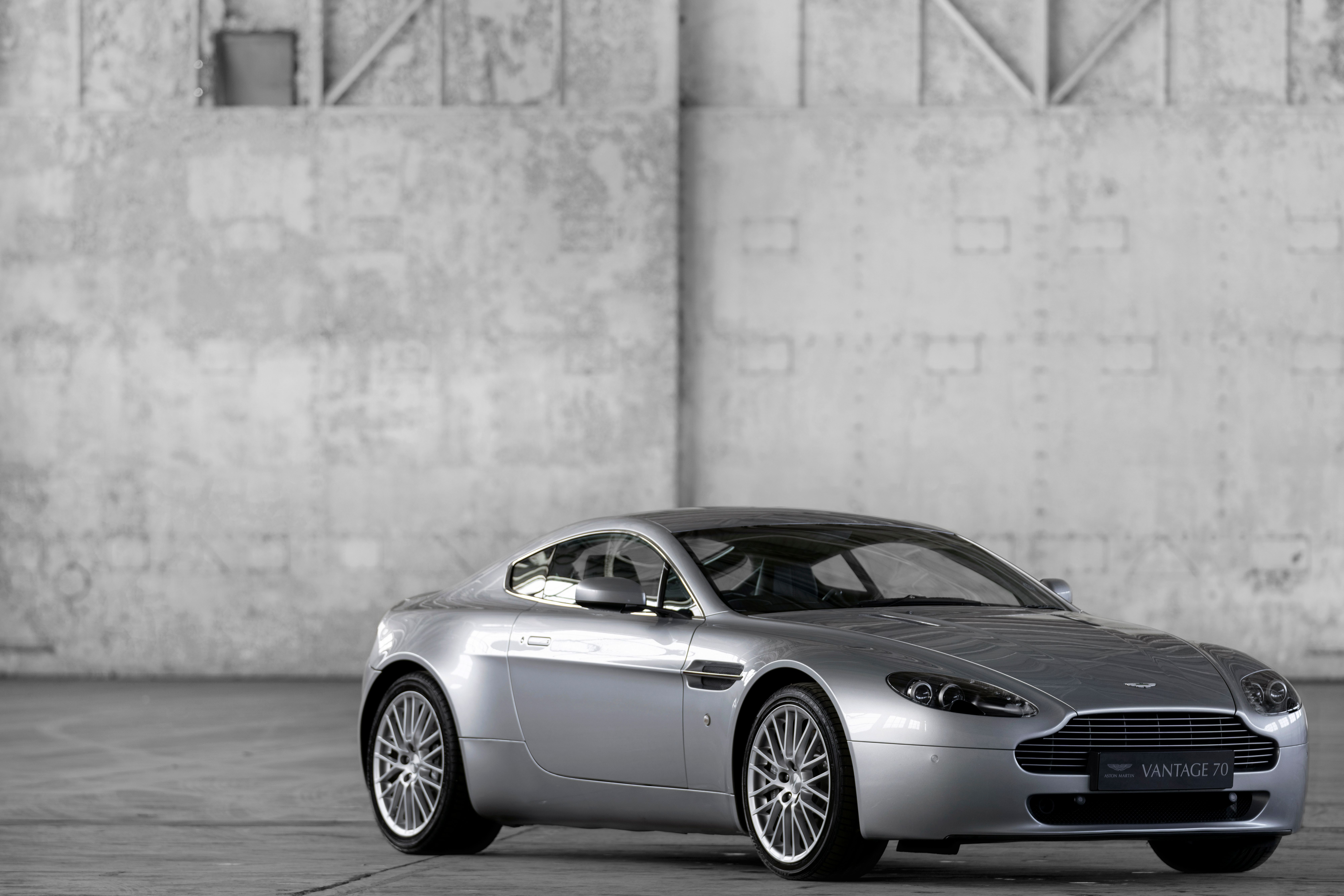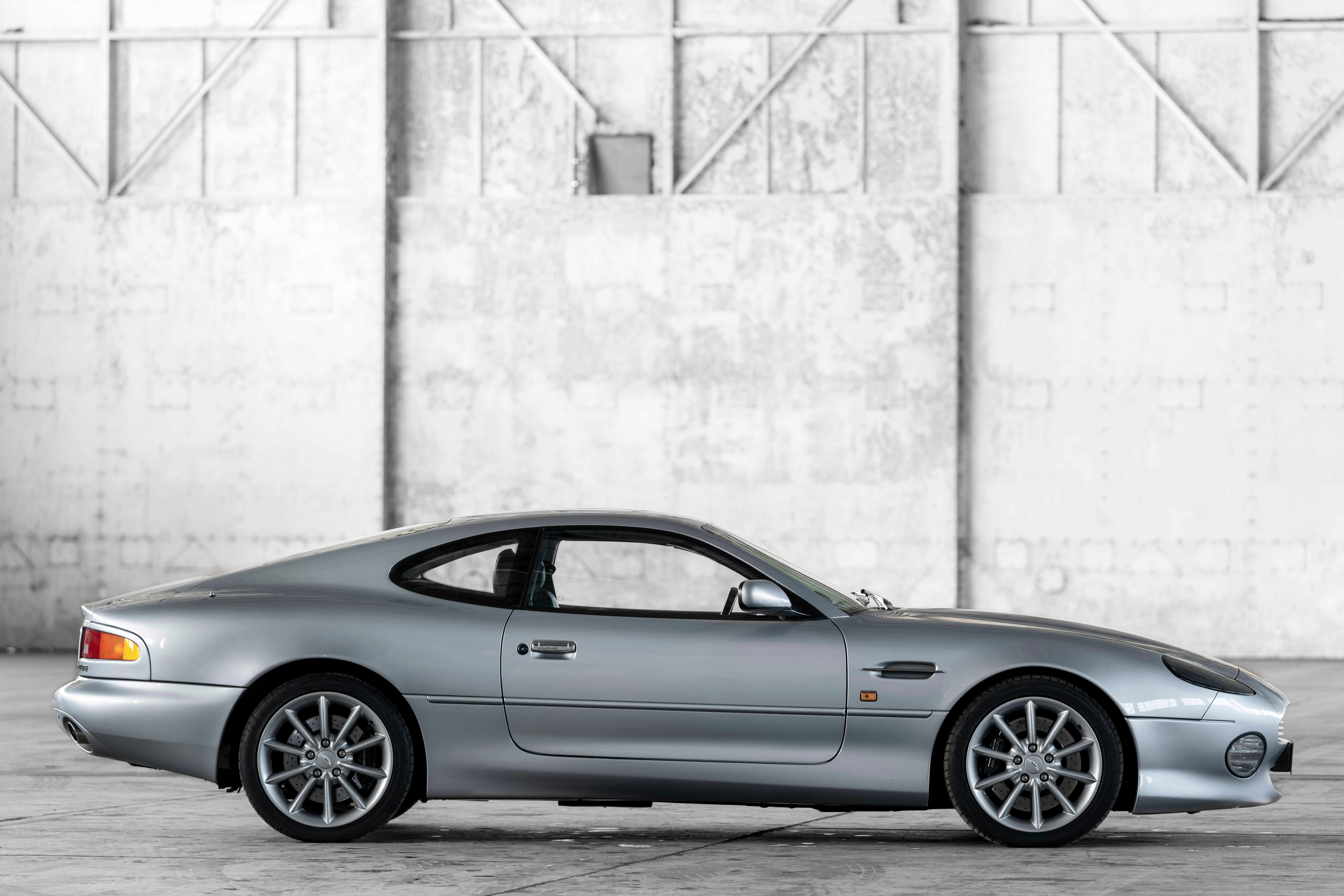The Vantage moniker was nothing more than a suffix reserved for the fastest version of a given model's lineup. The first use of the Vantage name was seen with the DB2 from the 1950s. Aston Martin Lagonda Ltd. Under David Brown's ownership saw the release of only 250 units of the DB2 Vantage, all featuring a 2.6-liter Lagonda straight-6 engine, which makes them one of the rarest series production Aston Martins from the period.
After the DB2, the Vantage nameplate was retired until it resurfaced eleven years later with the Series IV DB4 Vantage in 1961. The DB4 Vantage received the same treatment with a distinct design but the key ingredient was the engine upgrades which included three SU HD8 carburetors, along with revised cylinder heads with bigger valves and a higher compression ratio. The technical modifications gave it a 10 percent increase over a stock DB4. From a design perspective, this generation and its successor the DB5 are considered to be the finest of Aston's designs.
The arrival of the True Vantage
Up until this point, the "Vantage" badge was used as a suffix that denotes the high-performance variant of a given Aston Martin model, but it wasn't until 1972 that the Vantage became a stand-alone model, essentially a mildly-restyled version of the 1967 DBS. This time, however, instead of a flagship, the Vantage badge was used on the brand's entry-level vehicle.
The DBS was introduced with six-cylinder power but by the end of its life cycle, it added a V-8 in 1969. The first major update came about in 1972 when the DBS got a facelift and retained just the V8 while the new six-cylinder version carried the Vantage name. The motor was a derivative of the 4-liter engine that was first used in the 1963 DB5.
The Vantage was a true homage to the straight-six powered David Brown (DB) models from the early days of the company and what better way to do it than to use an iconic name that harks back to the automaker's early racing days.
Over a two-year run, Aston sold only 70 Vantages, versus 288 V8s in 1972 alone. Aston dropped the six-cylinder car after a two-year production run.
High-Performance Vantage
In 1977, the Vantage badge resurfaced, but this time it sat at the very top of the Aston Martin line-up and it also happened to be the fastest production car of its time with a recorded top speed of 170 mph. The design was a minor evolution of the DBS but it looked more defined and a lot more muscular. The performance was the highlight and this revised version of the 5.3-liter V8 was good for385 horsepower and could take this decidedly heavy GT car from 0-60 mph in just 5.2-seconds. Stats like this ensured that the V8 Vantage was retained as the brand's flagship vehicle up until 1989.
To disrupt the continuum yet again, Aston Martin introduced their new flagship in the form of the Virage in 1989 which was a very 90s take on the same design as its predecessor with mostly squared out design elements. But to everybody's surprise, the Vantage name resurfaced in 1993 and this time it was again used as a suffix on the high-performance version of the Virage. The highlight of this generation although was the Virage Vantage V600, the brand's most powerful car. As the name suggests, this version made a whopping 600 horsepower thanks to two superchargers strapped on to its V8 and came mated to either a Torque converter automatic or a 5-speed close-ratio manual and sources suggest it was capable of reaching 200 mph.
The Vantage name was used once again with the DB7 range and 1999 saw the introduction of the V12 Vantage featuring a 5.3-liter V12 for the first time making 420 horsepower and 400 lb-ft of torque resulting in an impressive 0 to 60 mph time of 4.9 seconds and a top speed of 186 mph. The DB7 V12 Vantage also happens to be a rare beast with a production run that lasted just one year.
21st Century Vantage
After the DB7's demise, the DB9 now sat at the very top as the brand's flagship V12 GT car, and to get the sales numbers they desired, they needed a small sports car that could take on the likes of the 911. The ideal way to achieve this would have required them to build a whole new mid-engined platform but under Ford's tight regime, a decision was made to make a smaller version of the existing front-engine platform underpinning the DB9 to increase localization and decrease production cost and the resultant platform was called VH (for vertical/horizontal).
So in 2005, the Vantage name made a comeback once again as a stand-alone model. As was the case with the 1972 Vantage, this new V8-powered sports car was placed as the entry-level Aston Martin but despite that, it had the makings of a truly capable and wonderful sportscar.
The original V8 Vantage from 2005 was powered by a 4.3-liter V8 and came mated to an old-school 5-speed manual and the stunning design came courtesy of a controversial Gentleman called Henrik Fisker although Ian Callum who worked with Jaguar at the time was believed to be responsible for the design which was then handed over to Aston Martin by their parent company Ford. The 2008 update saw the engine capacity being bumped up to 4.7-liters made 420 hp, making it just as powerful as the V12-powered DB7 Vantage. In 2011 came the final update for the V8 Aston of this generation in the form of the V8 Vantage S that received significant updates including a 10 horsepower bump, uprated aero and chassis, better brakes, and most notably a new 7-speed "Sportshift II" Automated Manual gearbox.
Then we come to what is arguably the most critically acclaimed Aston Martin Vantage of all time, the V12 Vantage coupe/roadster from 2009. Powered by the same V12 as seen on the brilliant DBS from 2007, this lightweight chassis made the best of the V12's 510 horsepower helping it achieve a top speed of 190 mph and 60 mph came up in an equally impressive 4.2-seconds. 2013 introduced us to the V12 Vantage S which was thankfully available with the option of a seven-speed dogleg manual which made it an instant classic since it was introduced at a time when manual V12 cars were nearly extinct. In this iteration, the V12 was good for 565 horsepower and 475 lb-ft of torque which helped it get to 60 mph in just 3.9 seconds and a top speed of 205 mph.
Other special editions were launched including the Vantage GT12, the Vantage AMR, and then a final hurrah for the V12 powered Vantage came in the form of the V600. Built as a tribute to the aforementioned Virage V600 only 14 examples were built to order. Powered by the same 592 horsepower V12 as found in the Vantage GT12 and the seven-speed dogleg manual, it got distinct styling elements such as a custom Bonnette and bespoke body kit.
The Latest Chapter
This brings us to the latest chapter of the Aston Martin Vantage. Launched in 2018, the outgoing Aston Martin Vantage is powered by a Mercedes AMG sourced 4.0-liter twin-turbo V8 that its shares with the new DB11 V8. Even the chassis is adapted from the DB11 which makes it a very eager and enjoyable sports car that can be comfortably used as a daily driver. But it's no slouch, thanks to the AMG sourced drivetrain, the rear-wheel-drive Vantage does 0-60 mph in just 3.6-seconds and can achieve a top speed of 195 mph.
The Vantage recently got a more powerful and track-focused AMR version which got a seven-speed dogleg manual and was also used as the safety car in Formula 1. The year 2021 saw the introduction of the highly awaited Vantage manual that used the same seven-speed dogleg unit as the AMR. The styling of this new generation did draw some heat and controversial opinions at the hands of purists but the new Vantage has proven to be a great all-rounder that does come across as a viable alternative to the current Porsche 911 range which is as high a praise as any. Stick around as Aston Martin is expected to drop the V12 version in the near future to take things up a notch.

